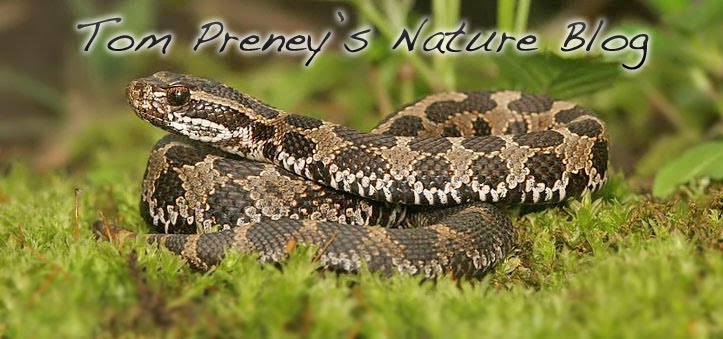Butterflies are fascinating insects, which come in a variety of colours, shapes and sizes. Butterfly watching can be just as exciting and rewarding as bird watching; finding new species, discovering a rarity or just observing their natural beauty. In fact many “birders” will substitute bird watching for butterflies in the summer months because most of the birds are nesting and the leaves on the trees make it very difficult to view the birds. If you’re interested in getting started you’ll need two pieces of equipment, binoculars (preferably ones with close focus) and a good field guide to the butterflies of your region. The two guides I use are, Peterson Guide to the Butterflies of Eastern North America and my favourite, Butterflies Through Binoculars. Generally all of the species that you’ll encounter can be properly identified through binoculars, just remember to bring your camera because you never know what you might discover!
Spicebush Swallowtail (Papilio troilus)
Black Swallowtail (Papilio polyxenes)
Giant Swallowtail (Papilio cresphontes)
Eastern Tiger Swallowtail (Papilio glaucus)
Male
Female
Viceroy (Limenitis archippus)
Monarch (Danaus plexippus)
Pearl Crescent (Phyciodes tharos)
Northern Crescent (Phyciodes selenis)
American Copper (Lycaena phlaeas)
Summer Azure (Celastrina ladon neglecta)
Eastern Tailed-Blue (Everes comyntas)
Copulating (female below)
Hickory Hairstreak (Satyrium caryaevorum)
Acadian Hairstreak (Satyrium acadica)
Least Skipper (Ancyloxypha numitor)
Northern Broken Dash (Wallengrenia egeremet)
Crossline Skipper (Polites themistocles)
Peck's Skipper (Polites peckius)
Silver-spotted Skipper (Epargyreus clarus)
Juvenal's Duskywing (Erynnis juvenalis)
Wild Indigo Duskywing (Erynnis baptisiae)
Great Spangled Fritillary
Mourning Cloak (Nymphalis antiopa)
Cabbage White (Pieris rapae)
Red Admiral (Vanessa atalanta)
Common Buckeye (Junonia coenia)
Painted Lady (Vanessa cardui)
Common Wood-Nymph (Cercyonis pegala)






















































